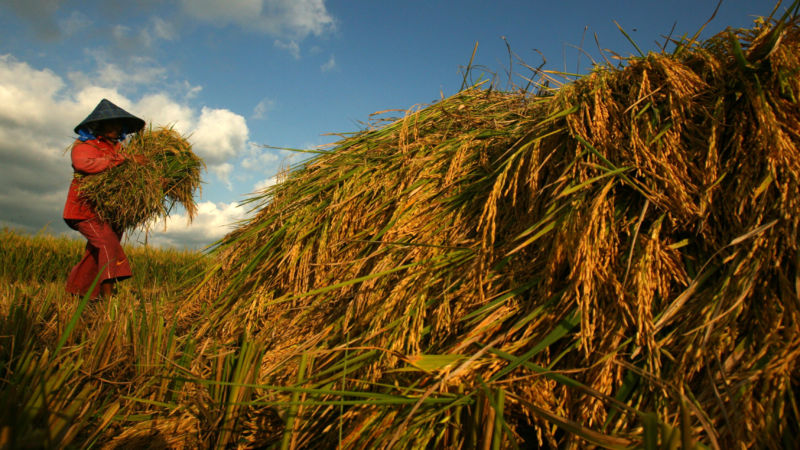Last Tuesday 8th of March the President of Sri Lanka announced in a speech before the National Parliament that the VAT rate applicable within the country will be increased to 15% in order to reduce the government deficit, which has been hit by increased levels of borrowing, falling oil prices and international economic turmoil.
The changes to be introduced to the tax legislation were discussed in a special meeting of ministers held on March 6th, in which a document describing the current state of the finance of the nation was analyzed, recommending the adoption of an emergency budget for 2016 which will introduce a series of fiscal measures in order to reduce the government deficit. Some of the fiscal measures that were discussed referred to the re-introduction of Capital Gains Tax (last implemented in 1987 and abandoned since then) and to an increase of the VAT rate to 15%.
The above mentioned changes are mainly motivated by an increase of the government debt that was not previously considered when drafting the 2016 Budget and that has been blamed on loan facilities contracted by the previous government and that were shown as income instead of loans. In this sense, the Prime Minister said that the previous government did not include in the calculation of the national debt the borrowing by state enterprises for an amount of Rs. 1.04 trillion. This has increased the estimated national debt from Rs. 8.48 trillion (which was considered for the 2016 Budget) to Rs.9.5 trillion and only this year the government will need to service debts for Rs. 1,209 billion, out of which Rs. 562 billion is related to interest payment.
The Prime Minister also referred to other factors that have had an impact on the economy of the country and that also require the adoption of these new measures. In this sense, the Prime Minister referred to the global economic crisis, the decreasing oil prices affecting consumers in Russia (drop in tourism and tea consumption), the Chinese economy slowdown and other factors such as ISIS or the possibility of a Brexit.
The VAT rate of Sri Lanka has suffered few changes during the last months and this new change will add to this trend. In this sense, the 2016 Budget replaced the flat rate of 11% VAT for a three band rate of 0%, 8% and 12.5% for different products, effective from the 1st of January of 2016. However, on January 2016 the Ministry of Finance announced that the referred change would not be implemented and that the VAT rate would stay at a flat rate of 11%. With this new announcement, and in order overcome the adverse economic scenario, the government would increase the flat VAT rate from 11% to 15% and would remove the exemptions granted to different sectors such as private medical care, telecommunication services and private education. However, VAT exemptions for essential commodities would be maintained so low income groups are not affected.
It has been argued by some political sectors that the proposed changes are aimed at meeting conditions set up by the International Monetary Fund (IMF) in order to grant the Sri Lankan government with a loan facility for an amount of US$1 billion. The Prime Minister has denied this and claimed that the current conversations with the IMF are focused on getting advice for issues related to changes in the tax system and assistance for a forensic audit.
Details on the VAT changes have not been released by the government yet, so it is not possible so far to estimate when the changes in the VAT rate and exemptions would be applicable. Therefore, it would be necessary to keep a close track on any new development by the Sri Lankan government in order to properly understand the impact of the proposed changes.
Written by:
Benjamin Fernandez Ovalle
Tax Analyst, Tax Research and Accounting










